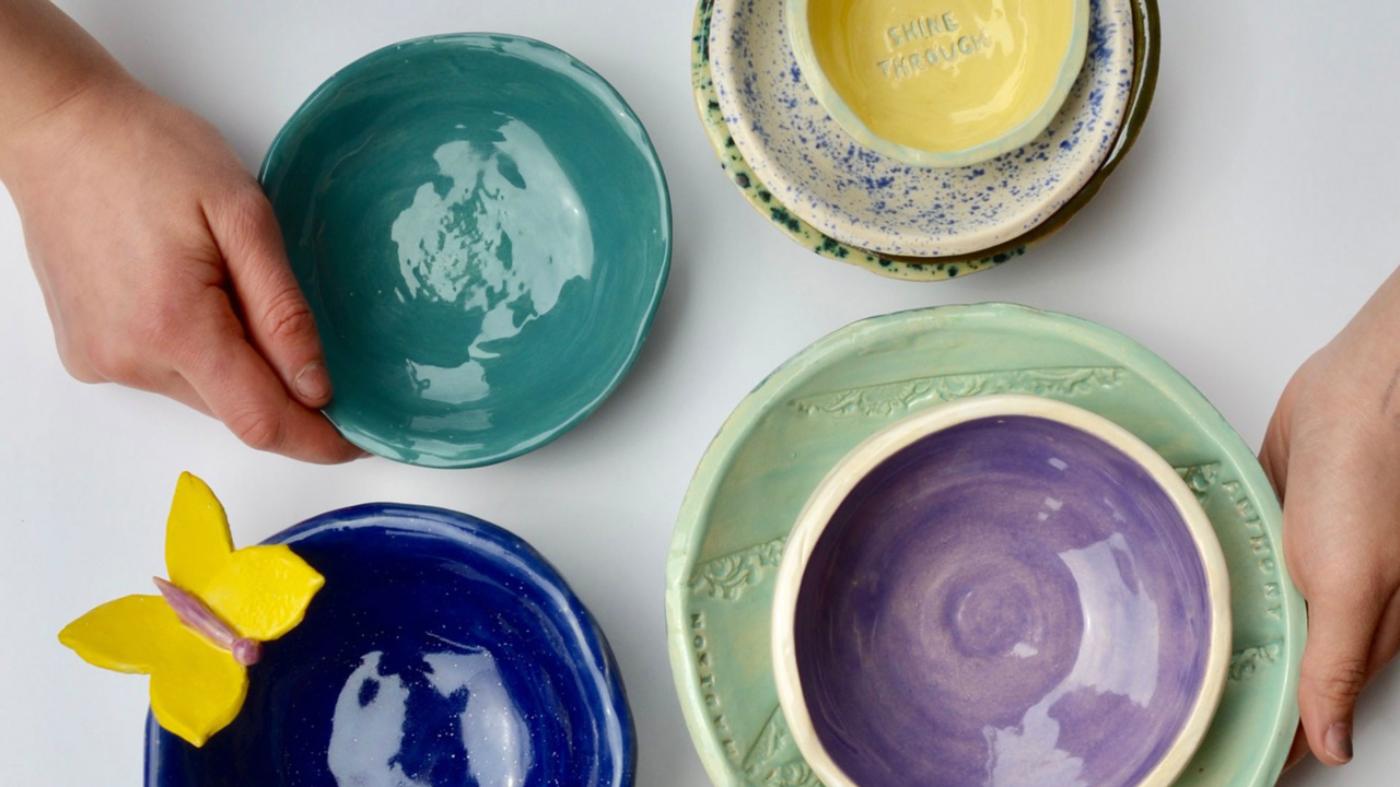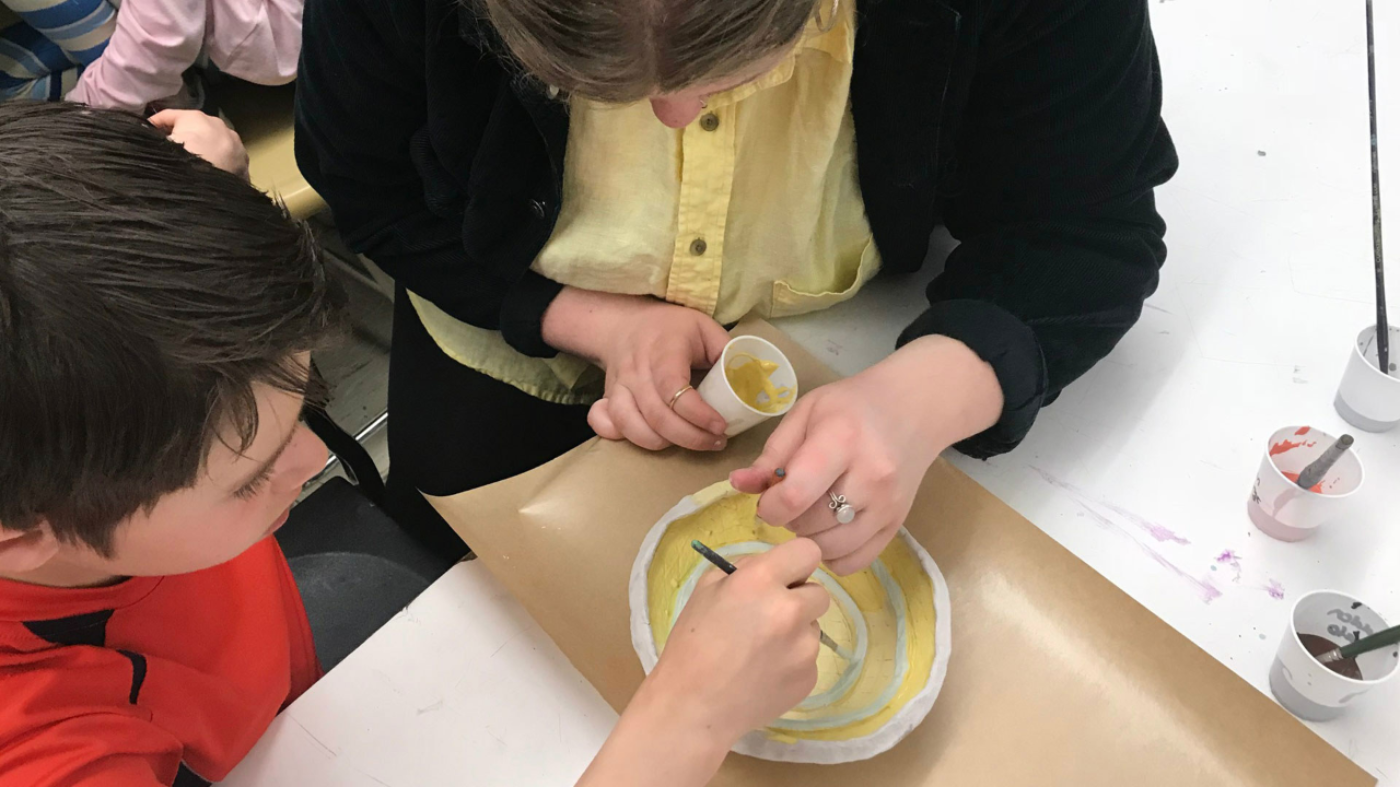Key Takeaways:
- Collaboration and art-making allow students to engage in deeper learning.
- Through education, awareness and action, students can use art to create change in their communities.
- Connecting students’ learning to their community is a rewarding and positive experience.
As an art educator, I most look forward to developing opportunities for deeper learning. After reflecting on how to help secondary and elementary students have meaningful connections to our community, my colleagues and I arrived at the Empty Bowls Project. The premise of Empty Bowls is profoundly simple, and the collaborative process offers opportunities to empower students. Plus, it’s a creative way to introduce social-emotional learning (SEL) in the art classroom.
1. Learn from the Experts
To help students understand the complexities of homelessness, we invited local speakers who are instrumental in supporting homeless youth and advocating for affordable housing in our community. The presentations opened students’ eyes to the challenges faced by members of their own community.
2. Build Empathy Through Teamwork
Next, the secondary students participated in a collaborative clay workshop with elementary students. The older students embraced their mentorship roles, teaching hand-building clay techniques to the younger students. The students quickly developed relationships with their partners, and, in doing so, naturally began demonstrating empathy for one another. Together, the students created more than 100 clay bowls for our charity fundraiser.


